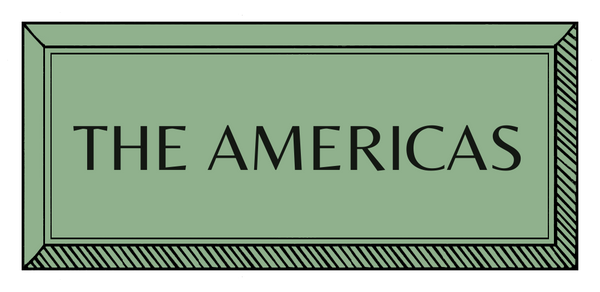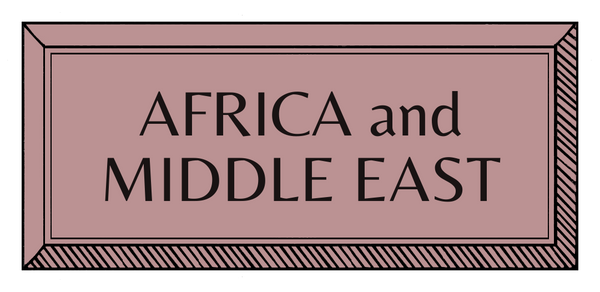CRAFT STORIES | ASIA PACIFIC | INDIA | PAPER
Beyond the Temple Veil
![]()
Pichvai painting, born centuries ago in Rajasthan, combines divine allegory, miniatures, and artisan mastery—once nearly lost, now beautifully revived after years of decline.
500 In the Indian religious tradition, the word darshan refers to the act of beholding the divine—a momentary revelation of the deity’s image, typically kept hidden in the innermost sanctum of the temple. When the icon is unveiled, devotees honor it through rituals, music, and offerings of food. It is within this sacred and celebratory context that the painting tradition known as pichvai emerged.
For an exact temporal collocation, one has to go back centuries and follow the complicated ramifications of Hinduism, up to the foundation of the Pushtimarg sect in the 16th century, whose cult is addressed to the cherubic incarnation of Lord Krishna. The way it is told, the genesis of this technique has something mythological or fairy-tale-like about it: it is said that originally, at Nathdwara, in the temple of Shrinathji, Rajasthan, five artists were admitted to attend the fleeting darshan.
To read the rest of this article order Cabana Issue 24.
Words by Sara Pierdonà
Images courtesy of Atelier Pichvai Tradition & Beyond


























